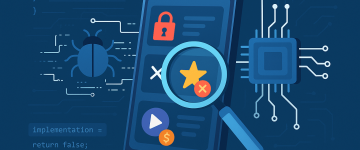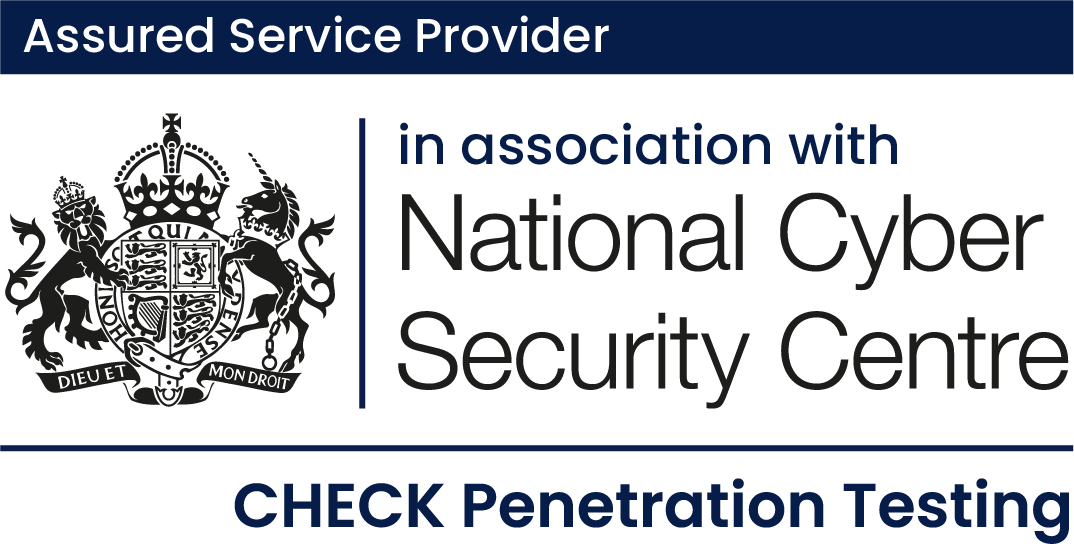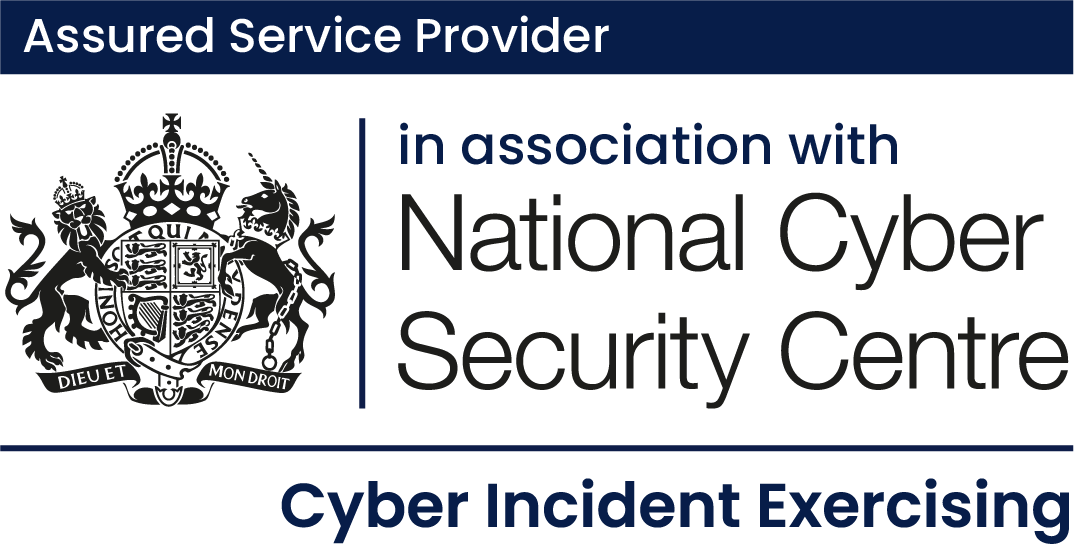Introduction
Yesterday organisations were under cyber-attack, today even more organisations are under cyber-attack, and tomorrow this number will increase again. This number has been increasing for years, and will not reverse. Our world is getting smaller, the threat actors becoming more emboldened, and our defences continue to be tested. Any organisation can become a victim to a cyber security threat actor, you just need to have something they want – whether that is money, information, or a political stance or activity inimical to their ideology. Having cybersecurity defences and security programs will help your organisation be prepared for these threats, but like all defences, they need to be tested; staff need to understand how to use them, when they should be invoked, and what to do when a breach happens.
Cybersecurity red teaming is about testing those defences. Security professionals take on the role of a threat actor, and using a scenario, and appropriate tooling, conduct a real-world attack on your organisation to simulate the threat.
Scenarios
Scenarios form the heart of a red team service: they are defined by the objective, the threat actor, and the attack vector. This will ultimately determine what defences, playbooks, and policies are going to be tested.
Scenarios are developed either out of threat intelligence – i.e. threat actors who are likely to target your organisation have a specific modus operandi in how they operate; or scenarios are developed out of a question the organisation wants answered to understand their security capabilities.
Regardless of the approach, all scenarios need to be realistic but also be delivered in a safe, secure, and above all, risk managed manner.
Objectives
Most red team engagements start by defining the objective. This would be a system, privilege or data which if breached would result in a specific outcome that a threat actor is seeking to achieve. Each scenario should have a primary target which would ultimately result in impact to the: organisation’s finances (either through theft or disruption (such as ransomware)); data (theft of Personally Identifiable Information (PII) or private research); or reputation (causing embarrassment/loss of trust through breach of services/privacy). Secondary and tertiary objectives can be defined but often these will be milestones along the way to accomplish to primary.
Objectives should be defined in terms of impacting Confidentiality (can threat actors read the data), Integrity (can threat actors change the data), or Availability (can threat actors deny legitimate access to the data). This determines the level of access the red team, will seek to achieve to accomplish their goal.
Threat Actors
Once an objective is chosen, we then need to understand who will attack it. This might be driven by threat intelligence, which will indicate who is likely to attack an organisation, or for a more open test, we can define it by sophistication level of the threat actor…
Not all threat actors are equal in terms of skill, capability, motivation, and financial backing. We often refer to this collection of attributes as the threat actor’s sophistication. Different threat actors also favour different attack vectors, and if the scenario is derived from threat intelligence, this will inform how that should be manifested.
High Sophistication
The most mature threat actors are usually referred to as Nation State threat actors, but we have seen some cybercriminal gangs start to touch elements of that space. They are extremely well resourced (often with not only capability development teams, but also with linguists, financial networks, and a sizeable number of operators able to deliver 24/7 attacks). They will often have access to private tooling that is likely to evade most security products; and they are motivated usually by politics (causing political embarrassment to rivals, theft of data to uplift country research, extreme financial theft, denigrating services to cause real-world impact/hardship. Examples in this group can include APT28, APT38, and WIZARD SPIDER
Medium Sophistication
In the mid-tier maturity range we have a number of cybercriminal and corporate espionage threat actors. These will often have some significant financial backing – able to afford some custom (albeit commercial) tooling which will have been obtained either legally, or illegally; they may work solo, but will often be supported by a small team who can operate 24/7 but will often limit themselves to specific working patterns where possible. They may have some custom written capabilities, but these will often be tweaked versions of open-source tools. They are often motivated by financial concerns – whether that is profiting from stolen research, or directly obtaining funding from their victim due to their activities. Occasionally they will also be motivated by some sort of activism – often using their skills to target organisations which represent or deliver a service for a perceived cause which they do not agree with. In this motivation they will often either seek to use the attack as a platform to voice their politics or to try and force the organisation to change their behaviour to one which aligns better with their beliefs. Examples of threat actors in this tier have included FIN13 and LAPSUS$.
Low Sophistication
At the lower tier maturity range, we are often faced with single threat actors, rather than a team; insiders are often grouped into this category. Threat actors in this category often make use of open-source tooling, which may have light customisation depending on the skill set of the individual. They will often work fixed time zones based on their victim, and will often only have a single target at a time or ever. Their motivation can be financial but can also be motivated by personal belief or spite if they believe they have been wronged. Despite being considered the lowest sophistication of threat actor, they should never be underestimated – some of the most impactful cybersecurity breaches have been conducted by threat actors we would normally place in this category- such as Edward Snowden, or Bradley Manning.
Attack Vector
Finally, now that we know what will be attacked, and who will be attacking we need to define how the attack will start. Again, threat intelligence gathered on different threat actors will show their preferences in terms of how they can start an attack, and if the objective is to keep this realistic, that should be the template. However if we are using a more open test we can mix things up and use an alternative attack vector. This is not to say that specific threat actors won’t change their attack vector, but they do have favourites.
Keep in mind, the attack vector determines which security boundary will be the initial focus of the attack, and they can be grouped into the following categories:
External (Direct External Attackers)
- Digital Social Engineering (phishing/vishing/smshing)
- Perimeter Breach (zero days)
- Physical (geographical location breach leading to digital foothold)
Supply Chain (Indirect External Attackers)
- Software compromise (backdoored/malicious software updates from trusted vendor)
- Trusted link compromise (MSP access into organisation)
- Hardware compromise (unauthorised modified device)
Insider (both Direct and Indirect Internal Attackers)
- Willing Malicious Activity
- Unwilling Sold/stolen access
- Physical compromise
Each of these categories not only contain different attack vectors, but will often result in testing different security boundaries and controls. Whilst a Phishing attack will likely result in achieving a foothold on a user’s desktop – the likely natural starting position for an insider conducting willing or unwilling attacks; they will test different things, as an insider will not need to necessarily deploy tooling which might be detected, and will already have passwords to potentially multiple systems to do their job. Understanding this is the first step in determining how you want to test your security.
Pulling it together
Once all these elements have been identified and defined, the scenario can move forward to the planning phase before delivery. This is where any pre-requisites to deliver the scenarios, any scenario milestones, any contingencies can be prepared to help simulate top tier threat actors, and any tooling preparations can be done to ensure the scenario can start. Keep in mind that whilst the scenario objective might be to compromise a system of note, the true purpose of the engagement is to determine if the security teams, tools, and procedures can identify and respond to the threat. This can only be measured and understood if the security teams have no clue when or how they will be tested, as real-world threats will not give any notice either.
Even if the red team accomplish the goals, the scenario will still help security teams understand the gaps in their skills, tools, and policies so that they can react better in the future. Consider contacting Prism Infosec if you would like your security teams to reap these benefits too.
Our Red Team Services: https://prisminfosec.com/service/red-teaming-simulated-attack/















